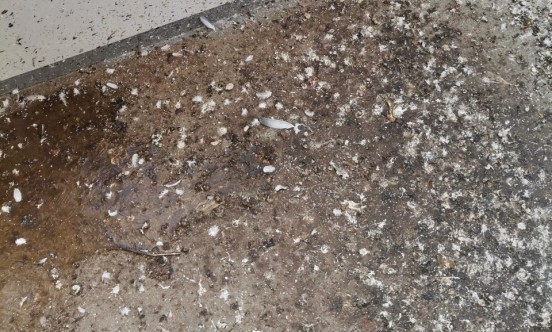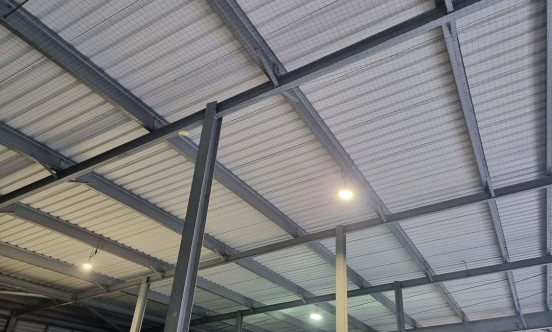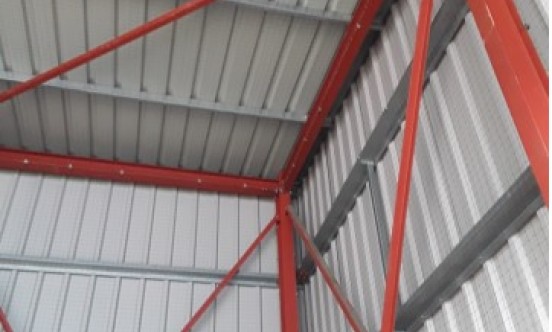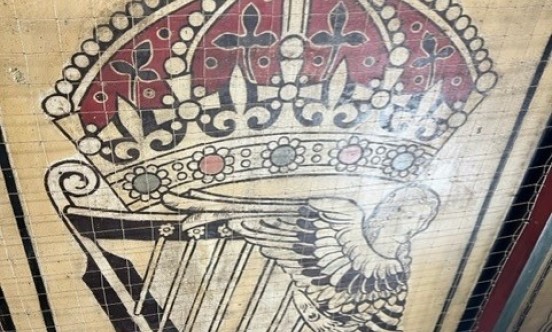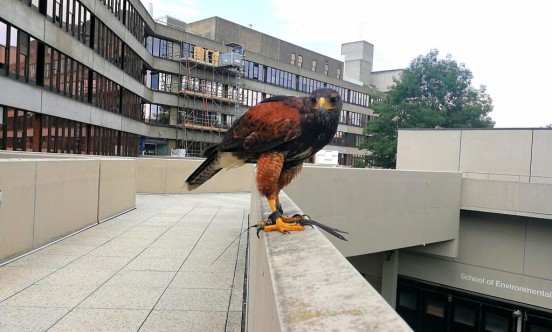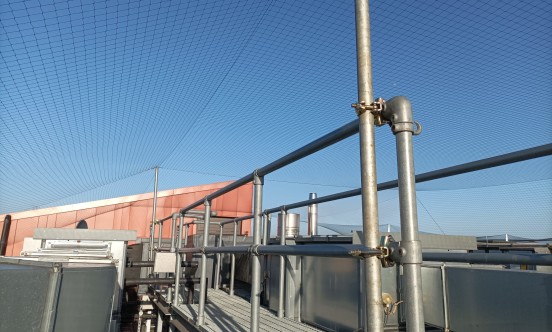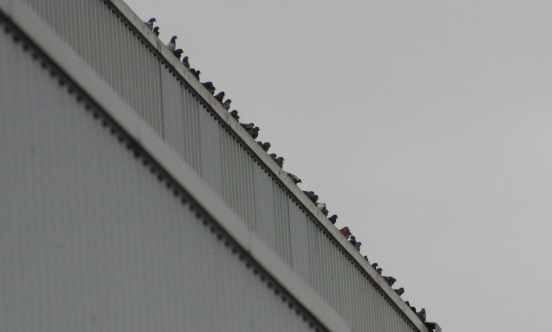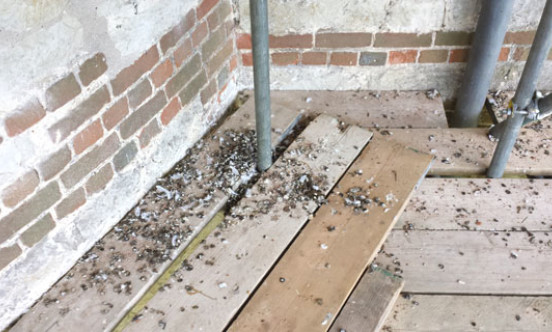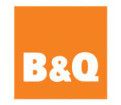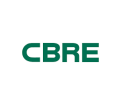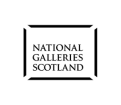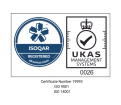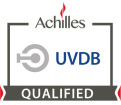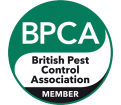
Call 0333 567 2020 for advice and quotes or contact us online
Pigeon problems at University of East Anglia
Gallery
Pigeon problem across the University of East Anglia campus
An increasing number of pigeons around the University campus started to cause problems in different areas on the site. The pigeons droppings (known as guano) were starting to pose a significant issue for students, staff and visitors along both major arterial and accessible routes, with the volume of droppings creating both a slip hazard and potential health concerns.
Project overview
The architecture at the University was an attractive place for the pigeons alongside the regular availability of a food source. Pigeons were subsequently nesting around the more heavily used areas of the campus, with the build-up of guano around window frames and on the ground increasing the risk. The UEA contacted NBC wishing to explore humane methods of bird control and were wanting the advice of experts in the industry to move the pigeons away from these areas.
Our solution
Falconry control using birds of prey to disperse and move the pigeons away from the area were the ideal solution in this environment. This is a humane method and the falcons and hawks used are seen as predators by the pigeons, displacing them from the area as they see it as no longer safe.
The project started with an intensive month of treatment to displace the pigeons followed by regular visits on site. Through regular recording and data analysis using geo-tagging software (which is an app which records bird numbers to monitor activity) the pigeon numbers are significantly reduced. Through this approach we have been able to see a 70% reduction in pigeon activity across the site after year 1.
